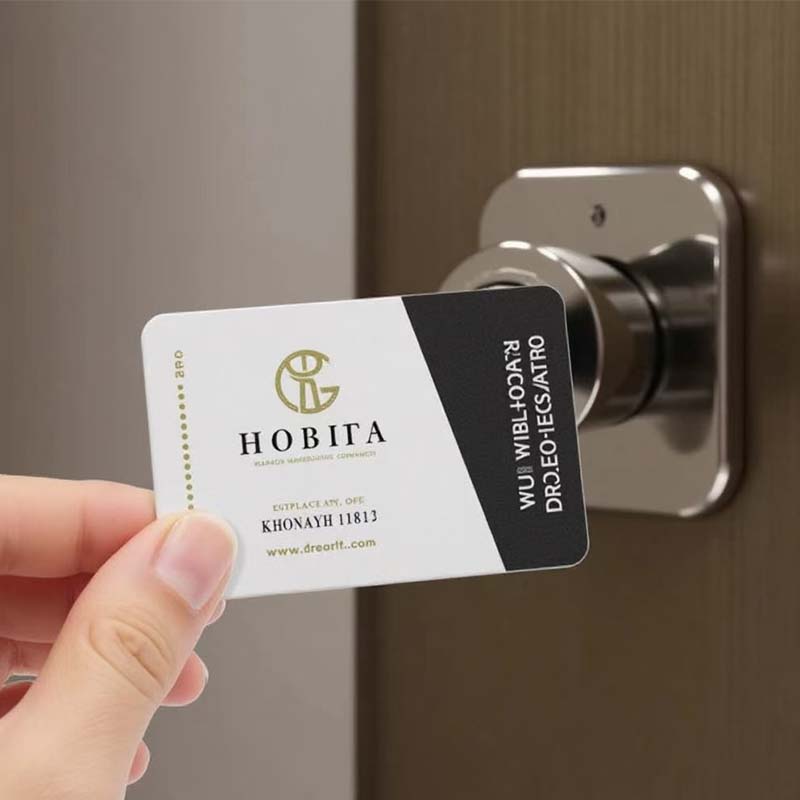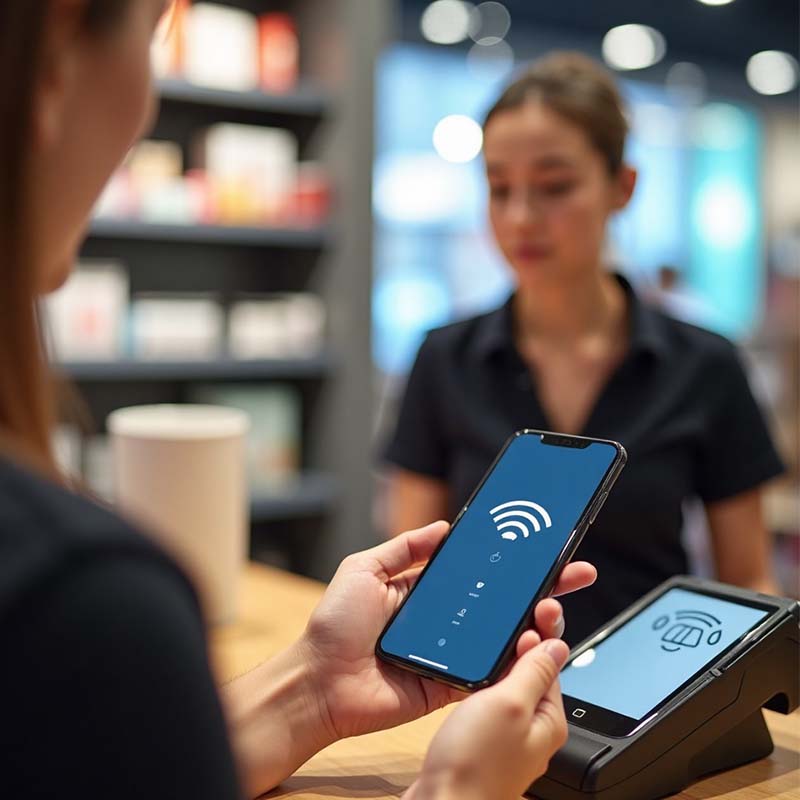In the digital age, access card technology is changing by the day. But with two mainstream technologies, NFC and RFID, many users are often confused. This article will help you understand the key differences between the two technologies in an easy-to-understand way and help you make a smart choice.
NFC VS RFID Access Control Card: A Comprehensive Comparison And Selection Guide (2025 Latest Version)
NFC and RFID differ primarily in terms of security, reading distance and compatibility.
In everyday life, NFC and
RFID access cards are widely used, but most people cannot distinguish between them in terms of technical terms such as NFC and RFID. For example, NFC and RFID are widely used in bank card payment, access control systems, student ID cards and highway maps. Here is my brief introduction and analysis of NFC and RFID:
What is RFID?
Simply put, RFID (Radio Frequency Identification) is a wireless technology that uses radio waves to identify and track objects. RFID access cards consist of a chip and an antenna that can communicate with the reader when it is near the card reader. A common example: When you check in at a hotel, you hold the room card near the card reader on the door handle. When you hear a beep, the door can be opened. This is RFID.

So What Are The Features Of RFID?
1. Different reading distances. There are three main types of RFID. One is the
RFID 125-KHz low-frequency card. In general, the reading distance of a 125 kHz RFID card is limited to a few centimetres. The second is the
RFID 13.56 MHz high-frequency card, which can reach 1 metre. And the another one 860-960MHz Ultra-high frequency RFID card, which can reach few meters. Of course, the reading distance is also closely related to the working environment and the card reader.
2. Different uses. For example, student ID cards, employee ID cards, hotel room cards, highway cards, bank cards, social security cards, membership cards, etc.
3. No electricity is required. You only need to connect the card reader to the power supply and place the card near the card reader to use it.
Another important point is that the simple 125 kHz RFID cards are less secure because they are not encrypted during data transmission and are easier to clone. The TK4100 125 kHz chip card, for example, can only be read and cannot be encrypted.

What Is NFC?
NFC is actually also a type of 13.56 MHz RFID. It is a short-range RFID card designed specifically for people less than 4 inches away.
What Are The Key Features Of NFC?
1. The most obvious is the extremely short reading distance, which offers more security as the card has to be very close to the reader. Payment with an NFC cell phone is the most widespread. Many supermarkets and shopping centres, but also small stores, restaurants, etc. now support tap-to-pay with NFC for quick checkout and support NFC tap-to-order for instant menu selection.
2. Supports two-way communication. Unlike most RFID cards, NFC devices can send and receive data (for mobile payments such as Apple Pay).
3. Supports encryption - higher security level than RFID, can be encrypted and rewritten according to customer requirements and is harder to crack. For example, high-level bank cards, SIM telecom cards, etc.
|
Feature
|
RFID (125KHz )
|
RFID ( 13.56MHz )
|
NFC
|
|
Reading Distance
|
5-10CM
|
Around 1 Meter
|
<4CM
|
|
Encryption
|
No
|
Supported
|
Enforce encryption
|
Cloning Difficulty
|
Easy
|
Medium
|
Difficult
|
|
Application
|
Access Card
|
Bus Card
|
Mobile payment
|
So in which application scenarios should we opt for NFC or RFID?
1. Use RFID in the following scenarios:
(1) You need a longer reading range, e.g. on highways, vehicle access gates, etc.
(2) Your target is low-cost and requires simpler requirements, e.g. access control cards, employee cards, etc.
(3) No encryption requirements, read only, e.g. membership cards, etc.
2. Choose NFC in the following scenarios:
(1) Requires high security and is not easy to counterfeit or clone.
(2) High compatibility
(3) Data encryption is required
This type of NFC card is usually used in bank cards, SIM cards, financial cards, social security cards, etc.
Summary :
-
Access control in the office: HF RFID or NFC is recommended
-
Access control in the community: LF RFID is sufficient
-
Highly secure locations: NFC is a must
-
Limited budget: choose LF RFID
Which access card technology do you use? Please Email us or call us or message us! If you need professional advice, our technical experts are always available for a free consultation.
